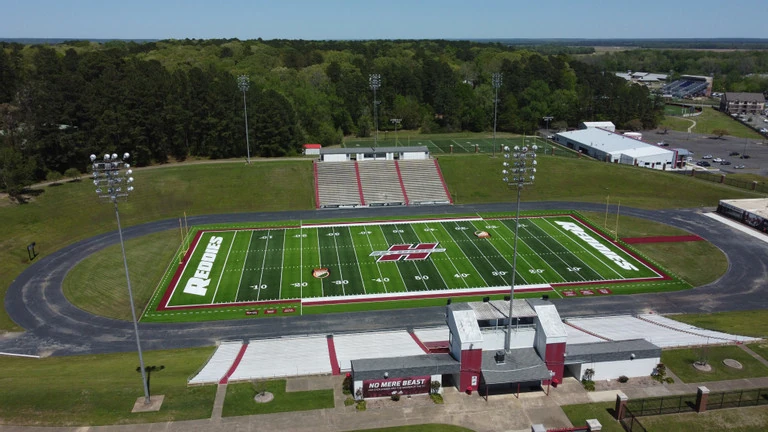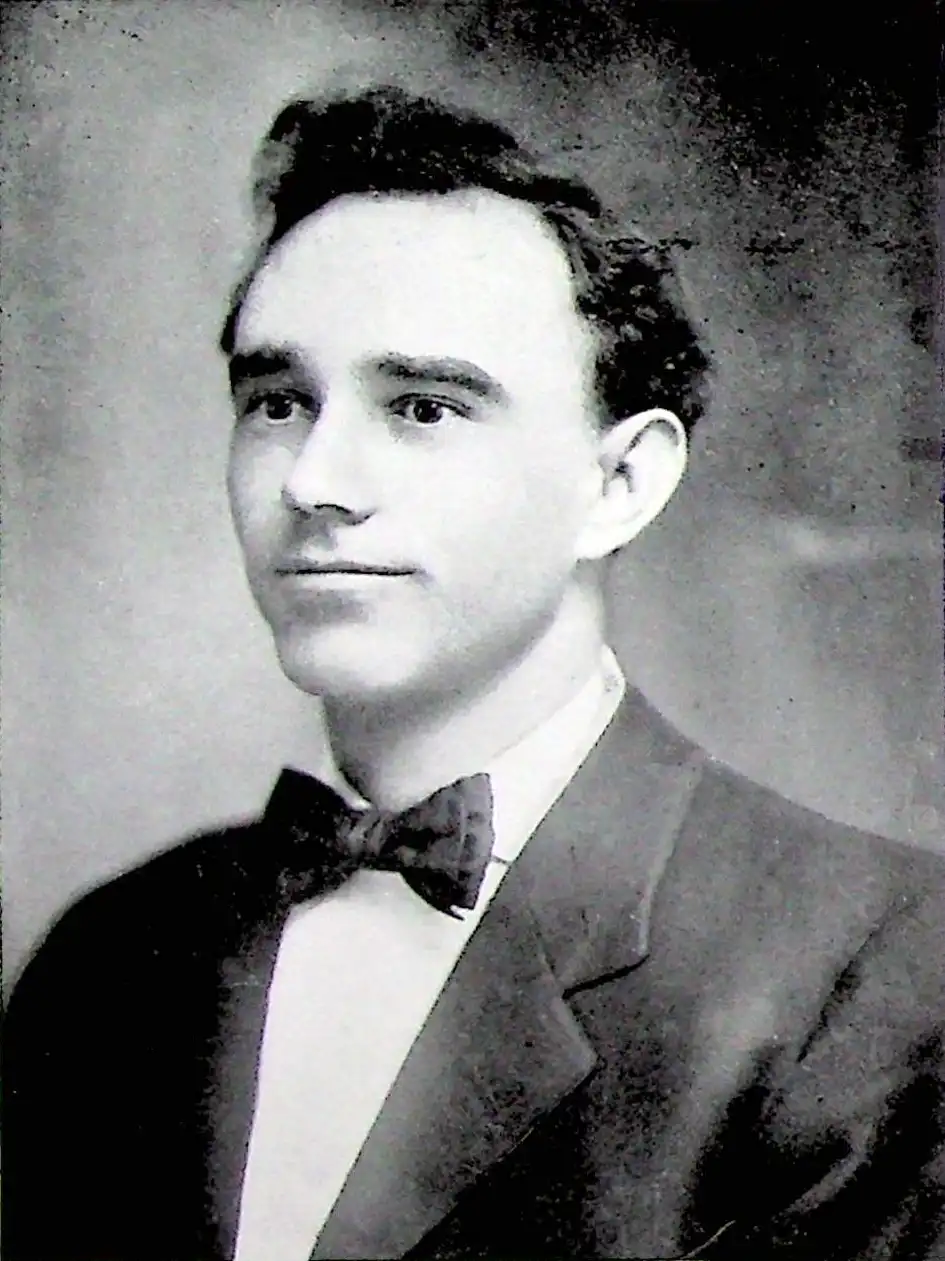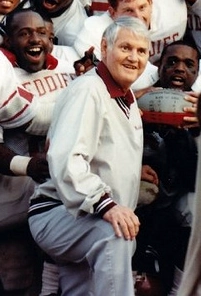Carpenter-Haygood Stadium

Dates
- Built: 1968
Map
History
First named Haygood Stadium in honor of James Raymond "Smiling Jimmy" Haygood, the school's head football coach from 1907-1925, the 9,600 capacity, bowl-enclosed facility was renamed in April 1990 to include the name of former and at that time winningest coach Ralph "Sporty" Carpenter.
On August 10, 1965, the College purchased from the Arkadelphia Country Club for $300,000 the property of about 58 acres that joined the northern boundary of the campus. On this property, the College planned to locate its athletic facilities, including a stadium, field house, physical education building, practice fields, tennis courts, and a baseball park. Because of the cost and nature of the project, the College developed the property gradually. By January, 1967, the Board had employed Edward G. Smith, engineer from Little Rock, to draw the plans for developing the new addition. In the first stage of development, the Board accepted the low bid of $129,941.98 on April 11, 1967, for grading, drainage, track, and sprinkling for the Stadium on the western section of the property. In the second phase, the College developed the south or home side of the stadium, constructed on the tract in a northwest-southeast direction. But the bids on July 6, 1967, exceeded the available resources. After negotiating with the bidders, the Board awarded the contract for $169,364 to construct a stadium with aluminum seating; fencing; rest rooms; press box; concession stand; and concrete sidewalks. The Board also awarded a contract of $55,500 for the lighting of the stadium.
With a seating capacity of 6,000, the new Haygood Stadium was almost filled on the night of September 21, 1968, when the Reddies celebrated this first-use occasion by "dumping the Choctaws of Mississippi College 17-0". The Stadium was well lighted for night games. Poles and lights were 120 feet high. Three units were located behind the bleachers on the home side; three, on the unfinished visitors' side. Thus placed, the lights provided spectators with an "unobstructed view of the playing field".
The new Stadium also featured a three-level service area at the top of the bleachers. The first level contained the concession stand and rest rooms. The second level housed members of the visiting press, scouts, and the controls for the clock, scoreboard, and sound system. Coaches from each team had private rooms with direct telephone connection to the field. The top level was used for a film and television deck. On the east end of the field was a scoreboard, donated by the Coca-Cola Bottling Company.
On June 5, 1969, the Board awarded a contract for $136,652.89 for the additional seating and service area on the north or "visitor" side of Haygood Stadium. Facility by facility, the College was gradually completing the physical education and athletics complex on the Country Club Addition. However, the College would not complete all improvements on the North Campus until the early 1970's.
In the spring of 2011, a state-of-the-art artificial surface replaced the grass field. The installation was thanks to marketing efforts, donor gifts, and a primary gift from Don and Mary Yancey Ruggles of Texarkana. Both attended Henderson State in the 1950's, and the field was named in their honor. During the summer of 2015, Henderson State's athletic facilities underwent major improvements which included a newly paved and lighted parking lot for 275 vehicles located between the baseball and football stadiums, new ticket booths, wrought-iron fencing and a new main gate entrance. Over the summer of 2022, Ruggles Field was replaced by GeoSurfaces Field.

